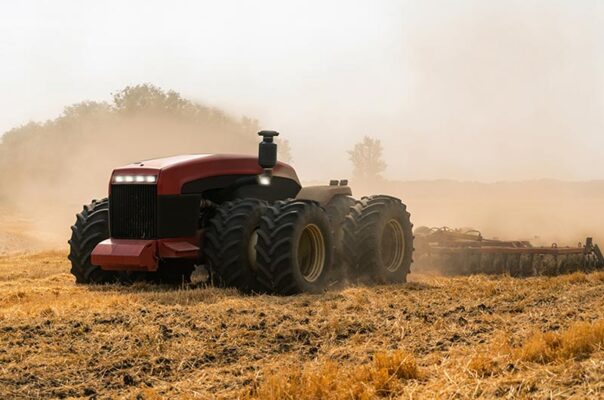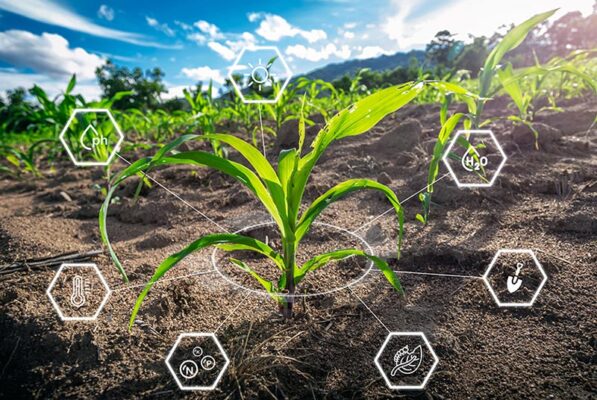Precision Agriculture: Enhancing Farming Efficiency
By Greg Oppenheim
July 11, 2024
By Greg Oppenheim
July 11, 2024
Estimated reading time: 2 minutes
Modern farmers face the challenges of feeding the world’s growing population and making better use of available land. They also need to navigate the environmental and climate change uncertainties and supply chain disruption. Adopting precision agriculture solutions to improve outcomes and efficiency is critical for overcoming these obstacles.
When deployed correctly, precision farming solutions allow farmers to do more with less, maximizing yields and reducing waste. Here are some of the primary applications of precision agriculture today.

Precision agricultural installations have multiple mobile machines and vehicles, like tractors and drivable bins. These devices generate lots of data. Telematic solutions allow farmers to collect data from their dispersed machines and vehicles remotely.
Self-driving tractors receive a lot of press. However, for those vehicles to operate autonomously, farmers must always know their location. The systems that help farmers obtain precision positioning data are based on connected technology.
Farmers need to understand the state and current condition of the land, including:
Accessing real-time data remotely eliminates costly truck rolls to perform these analyses.

If you have a farm in North Dakota, a device with a cellular connection needs access to a cellular network to work. Even in remote areas, the coverage of cellular technology is becoming more predominant and available across the U.S. agricultural belt.
Connectivity costs, including for cellular devices and data plans, are decreasing, making precision farming more economical. Farmers also don’t have to worry about local infrastructure when leveraging cellular networks.
Although cellular connectivity is becoming more pervasive, there are still areas and situations where it isn’t available. Farmers are looking to other solutions like non-terrestrial networks (NTNs) in these cases.
Original equipment manufacturers (OEMs) must consider several things when building precision agriculture solutions:

Internet of Things (IoT)-enabled agricultural equipment requires stable, always-on connectivity. The primary connectivity technology for these use cases is a cellular network.
If an OEM implements cellular connectivity, it needs to know where its equipment will be deployed. Look for a provider with cellular connectivity plans and services that support global deployments.
For remote monitoring, a cellular connectivity device needs a power supply that can withstand tough conditions for many years.
Cellular devices are relatively simple to implement. However, because they incorporate radio frequency (RF) components (e.g., antenna switches and power amplifiers), they will require specialized engineering skills for successful implementation. Some equipment OEMs might not have the necessary expertise and must work with a partner.
OEMs must plan for regulatory test costs and laboratory fees when integrating wireless components into precision agriculture products. These costs include obtaining certifications to operate on a cellular network.
What is the cost of the technology, and does it satisfy ROI requirements? Beyond the upfront cost, there are recurring fees for cloud access and data plans.
OEMs must ensure that the business model supports the cost of connectivity. They can either factor these costs into the final product price or try to derive recurring revenue from the end user. Regardless, OEMs must have these business discussions with the customer from the start.
Telit Cinterion has over 24 years of experience implementing wireless connectivity for customers, especially on cellular networks. Beyond components, we offer custom solutions with modules, connectivity plans, device management and platforms to manage your precision agriculture deployments. Moreover, Telit Cinterion customers have access to a robust partner network.
Speak to our IoT experts to discover how our solutions can enable your precision agriculture application while reducing the total cost of ownership.